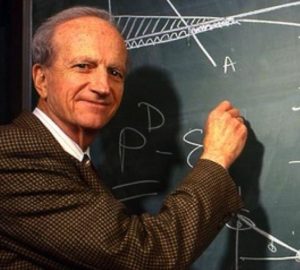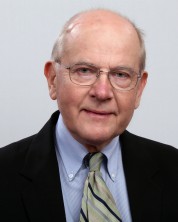2.8 The Neoclassical School of Criminological Theory
Brandon Hamann
Classical ideology was the dominant paradigm for over a century, but it was eventually replaced by positivist approaches that seek to identify causes of criminal behavior. However, classical ideology had a resurgence during the 1970s in the United States. Neoclassical theory recognizes people experience punishments differently, and a person’s environment, psychology, and other conditions can contribute to crime as well. Therefore, crime is a choice based on context. Many crime-prevention efforts used classical and neoclassical premises to focus on “what works” in preventing crime instead of focusing on why people commit criminal acts. While the Classical School saw punishment as a means to an end regarding criminal behavior, Neoclassical theory saw punishment more as a deterrent to future crime, using it to prevent more than to punish. Through the development of specific policies – which will be covered in a later section – Neoclassical theorists sought to change behavior through laws and sanctions (Fedorek, 2019).


Drs. Cornish and Clarke[1] (1986) proposed a theory of causation that took a risk/reward approach to criminal behavior. They claimed that offenders “rationally” calculated the costs and benefits of their actions, and if the rewards outweigh the risk, then a crime would most certainly be committed. They didn’t propose that all criminals were thinking rationally or that they were at all rational individuals outright – criminals aren’t having philosophical debates over the moral and ethical complexities of their actions – but if the situation presented itself, and the circumstances were right, then the probability of a criminal act were much higher.
Cohen and Felson[2](1979) claimed that changes in modern society and environment made it easier for crime to take place. Since the conclusion of World War II, more people had entered the workforce, and more people spent time away from home. This meant that more and more people became accustomed to the routine of their lives doing menial tasks in the view of the public eye (running errands, paying bills, making groceries, fueling the car, etc.). Cohen and Felson stated that three things must converge in time and space for a crime to be committed – a motivated offender, a suitable target, and the absence of a capable guardian. In theory, the activities of our routines make us more prone to being the victim of a criminal act.

